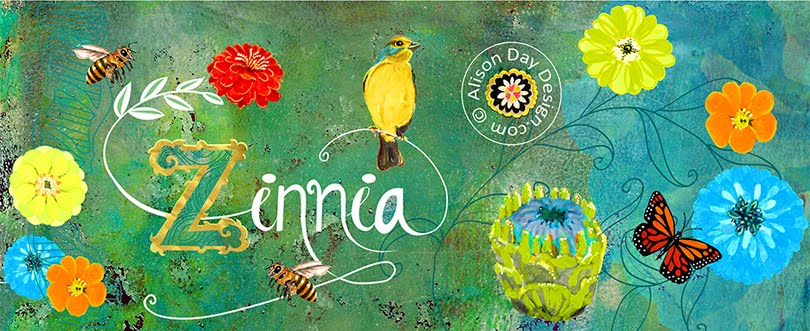When I was a child, every Wednesday my maternal grandparents would come to visit. First to arrive was my Grandmother, Freda. She would arrive with a rustle of bags, on a celery scented wave, having just been to the local fruit and vegetable market in Oxford. Of course her bags had goodies for us too. Comics such as: Whizzer & Chips and Diane and there was always a big bag of cheesy shapes –savoury biscuits in mini diamonds, triangles, hearts and clover leaf shapes. They were very popular and disappeared by the handful into our hungry mouths.
This would keep us quiet for a while, but as we neared the end of the afternoon, our excitement would grow at the imminent arrival of our Grandfather, Joe. Ex-Merchant Navy and publican of a local watering hole in his home town, before he retired, he wore a brown checked sports coat with deep pockets. From these he would produce three tubes of smarties – one for each of us. Popping off the coloured plastic lids, first we would compare the alphabet letters on the underside of the lids. Then we’d upend the tube so that the multi-coloured smarties would slide down into our hands, like a conveyor belt. There was an art to eating them and favourite colours were always saved until last. Once the Smarties were gone, the tube was still fun. Replacing the lid, if you blew hard enough down the tube, you could get the lid to shoot across the room like a pop gun.
Then there came the week that Grandad turned up with the devastating news...
‘No Smarties this week, your Mum says I’m not allowed to give you sweets every week,’
he said. Of course we didn’t believe him and searched his deep pockets, but this time they were empty. But Grandad was the kind of soul who played by his own rules and couldn’t bear to look at our downcast little faces for long. As if by magic, he would produce three unopened tubes of smarties from an inside pocket. On future visits, if he said he hadn’t got any Smarties with him, we wouldn’t believe him. It turned into a game, to search his pockets for the forbidden tubes, until giggling we found them.
Although these were never as fun as the tubes, Smarties also came in small boxes too. I’m delighted to say that one of my illustrations, of a retro Smarty box has been included in the delightful Uppercase Magazine: Packaging Portraits, issue #38.








